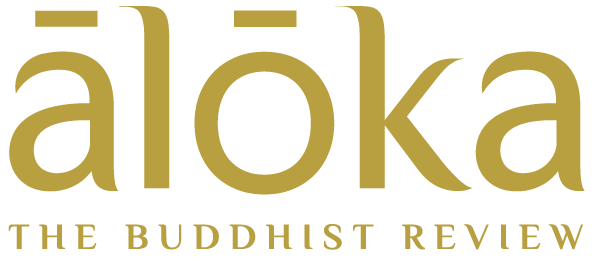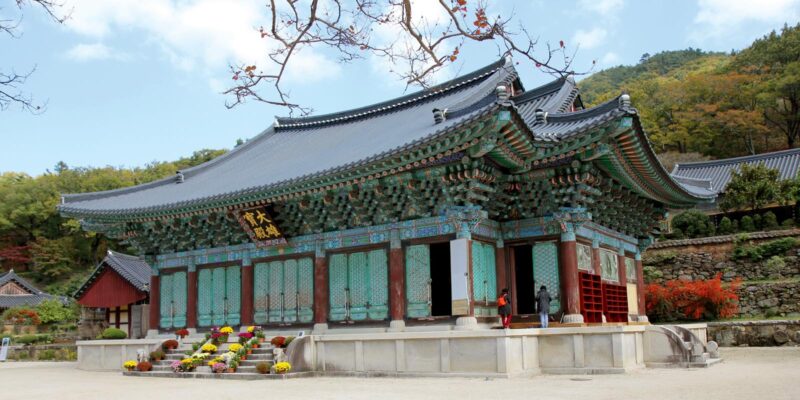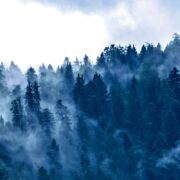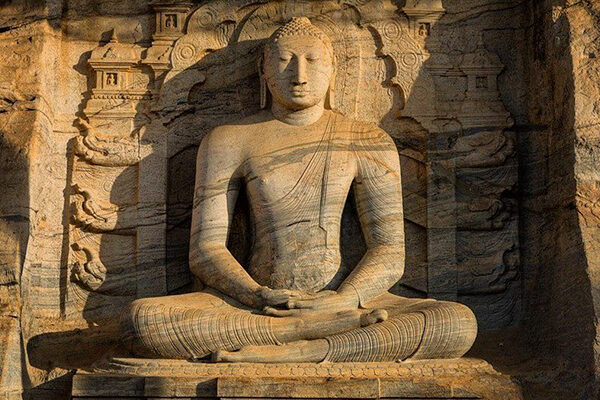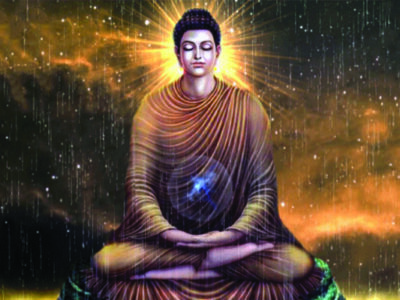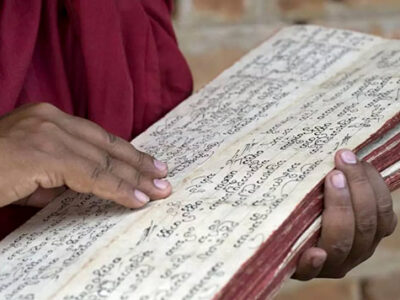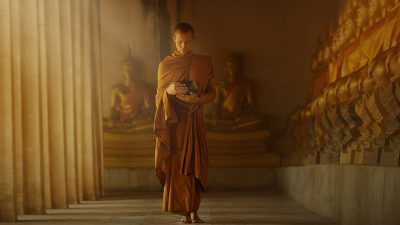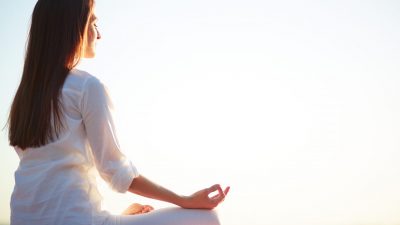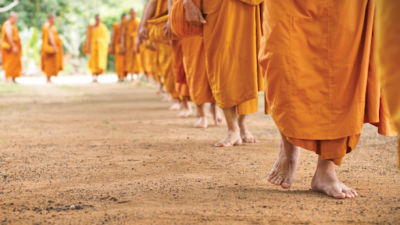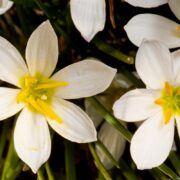By, Professor Daya Edirisinghe
Emeritus Professor of Philosophy – D.Litt University of Kelaniya –Sri Lanka.
How did Buddhism spread in Korea?
Buddhism is one of the major religions in Korea with over ten million followers learning its teachings. It’s origins in the region date back to 372 A.D when it was introduced to Koguryo Paekje Silla, the Three Kingdoms of the Korean peninsula.
The Silla Kingdom conquered two of its neighbours, Koguryo and Paekje in 668 A.D and ruled for three centuries. During the Silla period (668-935 A.D) Buddhism, Buddhist art and architecture became an important part of the life of the Korean people. By 805 A.D there were thousands of temples throughout the peninsula.
In 935 A.D the unified Silla Kingdom disintegrated and was succeeded by the Koryo dynasty which reigned in the northern part of Korea up to 1392. During this period, Korean Buddhism reached its apogee with Koryo rulers officially declaring Buddhism as the State religion with many kings and royal family members becoming monks. State administration was controlled by monks while a lot of state finances were used to build and maintain temples.
In 1392 Gen. Yi Songo Gye became the new King in Seoul. The Yi administration ordered to remove some temples from the capital city and rebuild them in the mountains. Gradually, due to the strong influence of Confucianism, Buddhism began to decline in Korea. During the Japanese invasions, Buddhist monks mobilized people to fight against foreign forces.
Among the thousands of temples in Korea, Pulguk Sa, Sokkuram, Haein Sa, Popehu Sa, Songkwang Sa, and Chondung Sa are considered the nation’s most famous landmarks.
Pulguk Temple and Sokkuram
Korea’s well-known monastery, Pulguk Sa or Temple of the Buddhaland and Sokkuram, the stone cave site temple, are located in Kyongju, the capital city of ancient Silla. Pulguk Sa was constructed in 535 AD during the reign of King Pohuangs who was a Silla dynasty king. He was the first to accept and give royal recognition to Buddhism among the Silla rulers. According to art historians, these two places can be considered the best surviving art monuments in the Far East.
The magnificent stone pagodas and bronze Buddhas at the main temple and perfect stone carvings in the stone cave are surrounded with great natural beauty. The grotto, known as Sokkuram, was built by King Tae Sung who is also credited with building the Pulguk Temple. The seated Buddha statue in the Sokkuram grotto is one of the finest pieces of art in the world.
Haein Temple
The Haein Temple is a historically important temple in Korea. Also known as the Temple of the sea, it is located on Mt Kaya in the south Kyonasang province. It was built in 805 A.D by the great monk Sa Song on the order of the ruler of Silla who visited the temple frequently. Haein temple is one of the historically important temples in Korea.
Haein Sa houses the most valuable collection of Buddhist scriptures,
the Korean Tripitaka, which was compiled in the early 15th century by order of King Kojong of Koryo. The first King of Yi dynasty ordered the woodblocks from Ganghwa island to be moved to Haein Temple.
The Halls preserving the woodblocks are five hundred years old.
The monastery had a granite pagoda and a lantern of the unified Silla period which is one of the most attractive stone lanterns in Korea.
Chondung Temple
This ancient temple located in Kangwha island in the Kyonggi province, Chondung Sa (also known as Temple of the transmission of the lantern) became important when King Koryo fled to Kangwha island from Kesong during the Mongolian invasion in the 12th century.
A few miles away on Mt Mani there is a small temple, Chongsu Sa also known as the pure water temple. The main building which is of early Yi dynasty construction is decorated with beautifully carved lotus designs.
Mt Mani is the altar where Tangoon the legendary father of the Korean people have been worshipping for four thousand years. In Kangwha town, there is a large bell of the early YI period, and there are many ancient ruins in the north of Kongwha island.
Sonkwha Temple
Songkwha or ‘Temple of the flourishing Pine’ on Mt Chogye, has been an important temple for nearly ten centuries and is one of the largest temples in Korea. Even today this temple is considered the centre of song Buddhism or Dhyana Buddhism (Jan in Chinese Zen in Japanese) in the country during the Koryo period. Priest Poja and sixteen nationally recognised priests resided at this monastery. Many local and foreign students follow meditation classes there under son master Ku- San today.
Tongdo Temple
Established in 646 A.D. by the great monk Chajang, Tongdo Sa (Temple of Universal salvation) is found at the foot of Mt. Yongohi or holy Eagle Mountain which is located twenty miles north Pusan which is the second largest city in Korea. Before the Korean war, it was considered the largest Buddhist institution in Korea, with more than 250 monks. A relics pagoda or ‘saritap’ in claimed to preserve some of the Gautama Buddha’s bones brought from china in 645 A D.
Popchu Temple
The temple is located at the foot of famous Mt.Songni, a mountain covered with old trees, jagged rock peaks and small temples. According to historians, Popchu Sa was built in 555 A.D during the reign of Silla King Chinhung. It is noted that the King invited over thirty thousand monks to this temple to pray for the ailing priest Uichong in the 12th century. Popchu temple has been rebuilt many times over the last few centuries. The more recently built seventy-feet concrete statue of Miruk of future Buddha is visible from afar. This standing Buddha is the largest statue in Korea.
Pusok Temple
Pusok Sa or temple of the Floating stone is a temple with few monks, but it is rich in natural beauty and has an ancient history Pusok Temple was constructed by Usang in 676 AD under orders if King Silla, a large granite dragon is believed to be buried under the main building of this temple. The impressive large hall was built in the Koyom Period seven centuries ago and is one of the oldest buildings in the Far East. A second smaller hall also remains from the Koryo dynasty. It contained wall paintings later removed to the main building.
Kumasan Temple
Kumasan Sa or Gold Mountain Temple is located at Mt Moak in
the north Cholla province. It is said that King Paekje and his son were exiled to this mountain during the Silla invasion. The father later joined Wangkeum who conquered Silla and set up the Koryo Kingdom in the 10th century. This temple was first built by priest Chinpyo Yulsa in 766 during the reign of Hyengong Chinpyo. He was a great monks of the Silla period who also built the Popchu Temple and Tongwha Sa nearn Taegu city.
Kap Temple
Kap Sa or First temple is located on Mt Keryong (South Chung Chon Province) ten miles south of Kongju city. This temple was founded in 420 A D by priest Ado, the first mission priest sent to Silla. Kap Sa is separated into two parts by a mountain stream. There one can find stone-carved memorial pagoda of the Koryo period. Buddhist monks of this temple fought against the Japanese invaders and defeated the Hydeyoshis army on the temple grounds. On the eastern and northern slopes of Keryong Mountain are the smaller temples. Sinwon Sa and Tonghak Sa and near the peak of the Mountain are two large stone pagodas marking the site of some earlier temples.
Yaksa Sa Temple
Yaksa Sa or Medicinal water temple is located on Mount han san at Song Nam city in Keyongi – Do Province. This beautiful temple was founded by Sok in Wan Mahanayaka of Yore Buddhist Sector in the Republic of Korea to propagate Korean Buddhist teaching. Nearly one million believers visit this temple each year to pay homage to the huge granite Buddha and the shrine room.
Yaksa Sa temple organized most colourful Bochonism Osinnal or the Buddha’s Birthday Lantern parade both in Seoul Capital City and son Nam City. This temple continues to have a special relation to the Sri Lankan community in the Republic of Korea.
